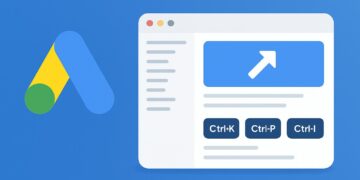Evaluate your understanding of temporal alignment between media spend and leading or ultimate KPIs.
KPI lag structure maps causal chain from spend to intermediate KPI to ______ KPI.
ultimate
cookie
CTR
font
Lead‑lag correlation helps identify ______ alignment between spend and KPI time series.
device
temporal
creative
cookie
Marketing qualified leads (MQL) usually lag media by days, while closed‑won revenue lags by ______.
seconds
years
weeks‑months
milliseconds
Lagged KPI terms improve model fit but too many lags risk ______.
pixel drops
collinearity
SEO penalties
bot traffic
Distributed lag models (DLM) estimate coefficients for each lag but can be regularised with ______ priors.
impossible
flat
improper
random walk
Lag selection criteria like AIC balance goodness‑of‑fit and ______ complexity.
model
cookie
DNS
creative
State‑space models treat lags as hidden states evolving over time, updated via ______ filter.
Gabor
Sobel
Kalman
median
KPI lag choice should consider data granularity; daily data may require ______ lags than weekly.
no
shorter
longer
negative
Lag of lag structure refers to delay in KPI, distinct from adstock which models ______ persistence.
clicks
viewport
cookie
carry‑over
Lag plots revealing cyclic patterns could indicate mis‑alignment with ______ KPIs like seasonality.
cookie
TCP
baseline
font
Starter
Review the basics.
Solid
Nice work—refine the details.
Expert!
Exceptional command of the topic.
When preparing for KPI Lag Structure Interview Questions, you need to grasp how timing delays shape your performance metrics. Begin with the Attribution & Marketing-Mix Modelling interview questions to learn how different channels get credit over time. Then sharpen your insights with the dark social attribution interview MCQs to tackle unseen traffic sources. Next, practice applying customer value in your models with the CLV-weighted attribution practice questions. Finally, avoid common errors by reviewing the model overfitting safeguards interview resource before your big day.










